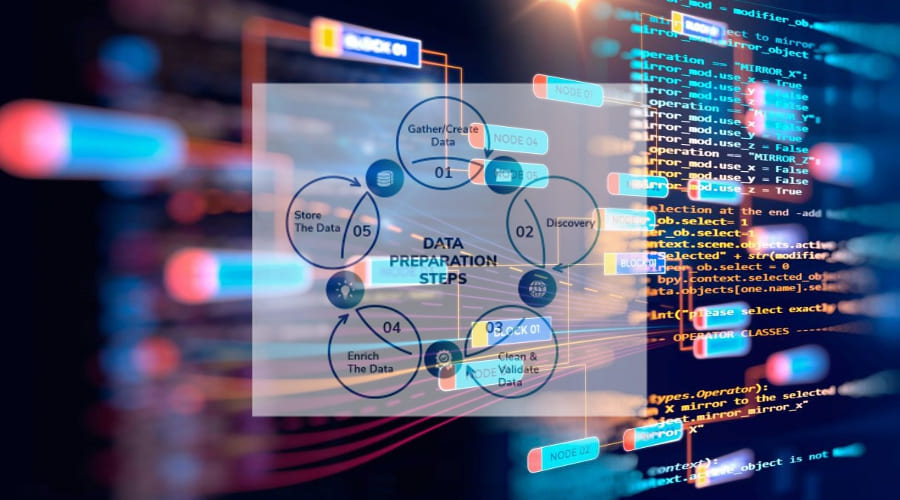The process of preparing raw data for analysis and processing is known as data preparation. This may entail reorganizing the data at hand, merging sets for a more comprehensive picture, or even correcting incorrectly recorded data. While this type of work takes a long time, it is necessary for any job that requires working with big amounts of complex data.
The Cloud’s and Data Preparation’s Advantages
Although data preparation is not a popular task among data scientists, it is unavoidable. Fortunately, it comes with a slew of advantages that can make the whole process worthwhile, and this is where we’ll begin our investigation into this crucial sector.
This gets much better when you add cloud services to the mix, on top of the benefits that data preparation can give, which are:
- Collaboration: Storing all of your data in the cloud makes it easy for everyone on your team to access it, which makes collaboration easier.
- Future Proof: Unlike having your own servers, cloud choices may scale with your organization, ensuring your future without forcing you to upgrade on a regular basis.
Steps in Data Preparation
The data preparation process may be broken down into five basic parts, each of which is explained below to offer you a better understanding of the job.
- Gather/Create Data: If you don’t have any data, you won’t be able to get very far with this. As a result, the initial step in this process is to collect data.
- Discovery: Once you have some data, you can start the discovery process by looking for the data sets that are most significant to you.
- Clean & Validate Data: Now that you’ve outlined your datasets, it’s time to start cleaning them up. This will entail filling in blanks, deleting inaccurate data, and transforming the data to a standard format.
- Enrich The Data: Data will be added and integrated to your set, enhancing it and providing you with a deeper understanding of what it means to your organization.
- Store the Data: The data will be stored on a cloud server once it has been prepared until it is time to use it.
Data Preparation Tools for Self-Service
Data preparation can take a long time, therefore many data scientists are looking for ways to make it go faster. Self-service data preparation solutions, such as Talend Data Preparation, can be quite helpful in this regard, with choices such as Talend Data Preparation utilizing unique AI and machine learning to provide the best possible outcomes.
Some of these platforms will simply make it easier for you to prepare your data by providing you with sophisticated solutions that are designed to do so. They will, however, be able to examine and update data on your behalf in more extreme circumstances. The most technological alternatives on the market can manage each of the steps listed above.
Data Preparation in the Future
The future of data preparation is bright, with AI and machine learning tools increasing all the time. With powerful algorithms handling all of the truly difficult stuff, it’ll only get easier to have the boring aspects of this work taken out of your hands. This doesn’t mean you’ll be able to get rid of humans forever, as it’s always a good idea to have someone double-check your data before it’s used.
Along with the advancement of data preparation systems, the datasets that scientists must work with continue to grow in size.
Data centers and other service providers may find it difficult to stay afloat as a result of this inflation, potentially putting your company behind. Hopefully, data preparation tools will be enough by the time datasets become truly unmanageable.
Data preparation has always been a crucial aspect of a data scientist’s job. Indeed, many of these professionals devote the majority of their time at work to data preparation, with the tests they must complete being quick. As a result, it’s definitely worth your time to hunt for solutions to better your condition.


